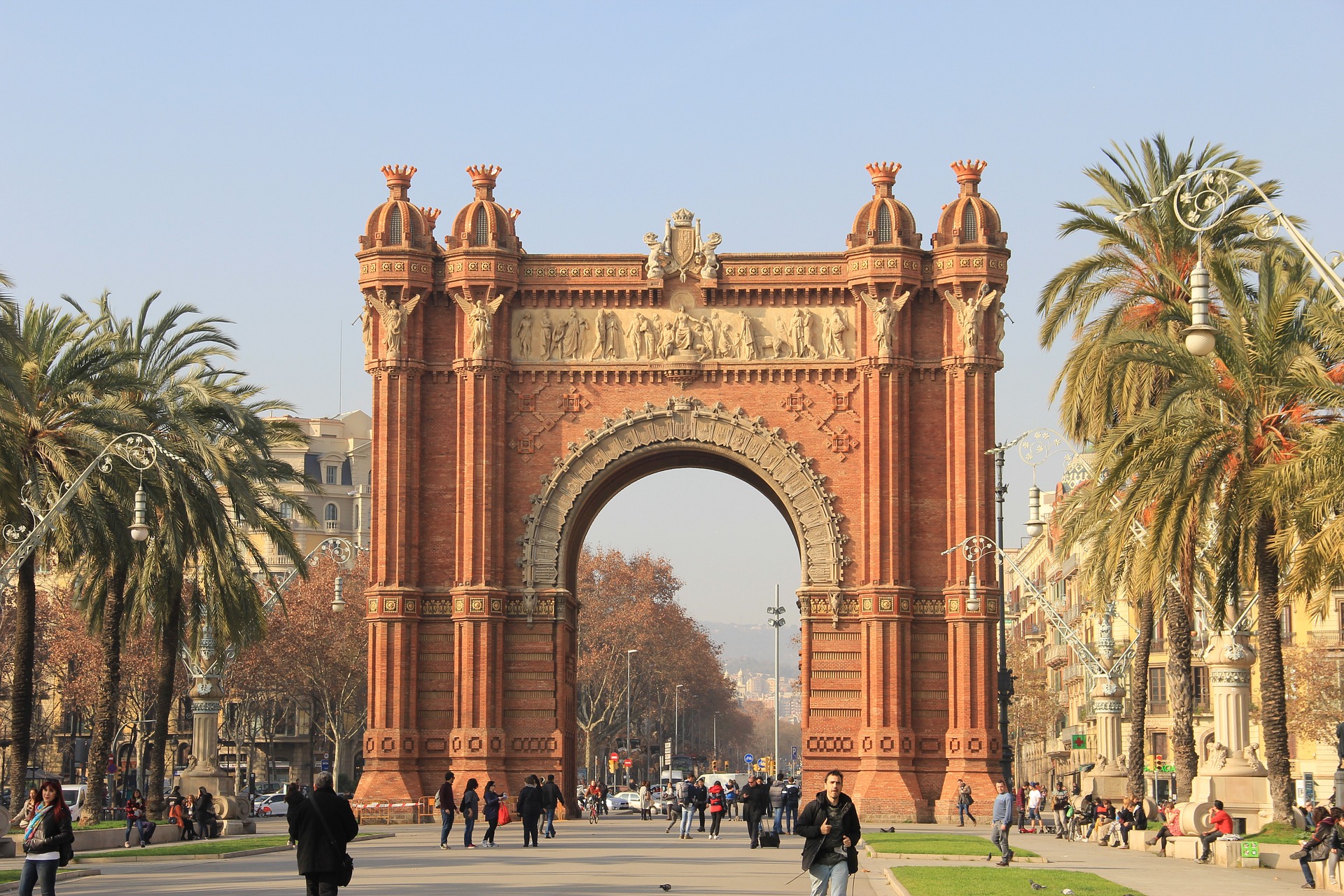Fernando Valdez, Spain’s Secretary of State for Tourism, expects 16.9 million foreign tourists to arrive in Spain this summer, just 45% of those who arrived in the same period in 2019, but 2.7 times more than summer 2020.
This projection does not take into account that the Balearic Islands will soon be marked in green in the UK’s traffic light system for travel, as well as changes that will occur in other Spanish destinations in the same respect.
The forecast was part of a Senate commission report on measures taken to tackle the tourism industry crisis caused by the pandemic.
The report highlights the importance of the German market as the forecast for this summer suggests that 77% of Germans who visited Spain in 2019, or about 3.8 million tourists, will visit it.
In a statement, Valdez shared important economic data such as the reduction of workers in the industry who are on the Spanish Vacation Program (ERTE) to 265,812 when 377,816 employees were laid off last December.
Social security participation by industry workers is also showing signs of a gradual recovery, Valdez said, as it surpassed 2 million in April.
Taking into account the scheduled flights of Aena airports for the coming weeks, there will be a gradual improvement, which as of 12 July is 64% of the activity for the same period of 2019.
According to Mastercard’s latest report, “Recovery Insights: Ready to Take Off?”, Domestic flights in Spain already exceed their pre-pandemic level by 132%. This ensures that in Spain, the trips that bounced the most were business travel, with an 83% recovery, while leisure trips lagged nearly thirty percentage points (54%) behind.
However, while the number of local flights has increased significantly, international flights are still far from recovering in volume to Covid, with bookings at 62% of the level recorded in 2019.

According to the Spanish online travel agency Destinia, the number of hotel bookings in Spain in July and August has already reached 79% of the number registered in 2019 before the same month, with the average duration slightly higher than in the situation before Covid (4.94 nights ).
Prices per night in Spain in the summer are down 8% compared to 2019, especially in July, where the average price per night is 10% lower, starting at around 140 euros per night at the current 125 euros.
However, the positive dynamics of booking does not carry over to foreign tourism in Spain, as in 2020, 23% of bookings were from foreign tourists, but currently it is 12%.
In terms of non-hotel stays, overnight stays increased from 0 to 2.7 million, a 46% decrease in the first four months of 2021 compared to the same period in 2020, which was heavily impacted by the third wave. coronavirus infections.
The Secretary of State for Tourism also indicated that Spain needs to address the main shortcomings of its tourism-dependent economy, especially its high seasonality.
In 2019, 45% of travel was between June and September. In destinations such as the Balearic Islands, this figure rises to 63%. For this reason, the minister said that the fight against depopulation is the main goal of ensuring the correct territorial balance of economic activity.
Valdez explained that tourism activity is particularly concentrated in some areas, with 12 cities exceeding 1 million visitors per year, with the 8 largest coastal cities representing only 0.92% of the region but receiving 11 million tourists, representing 13.5% of the total. number of visits.

